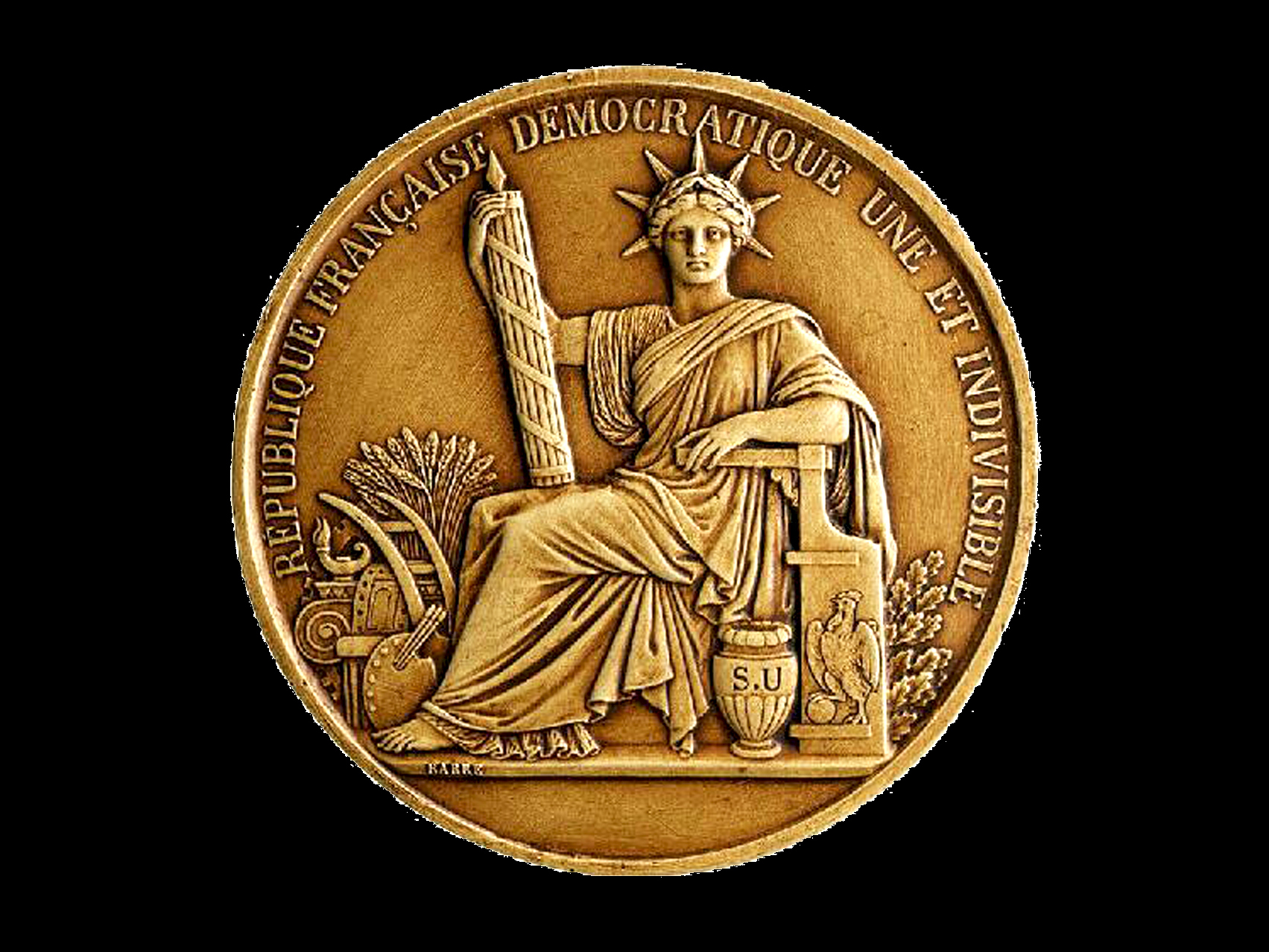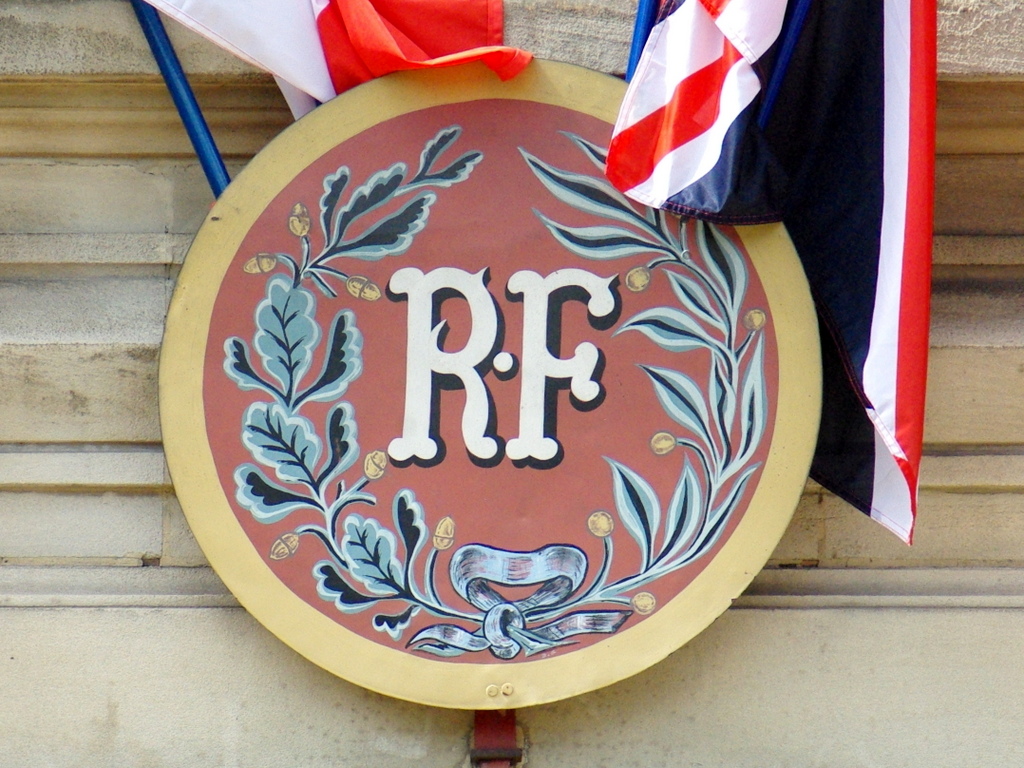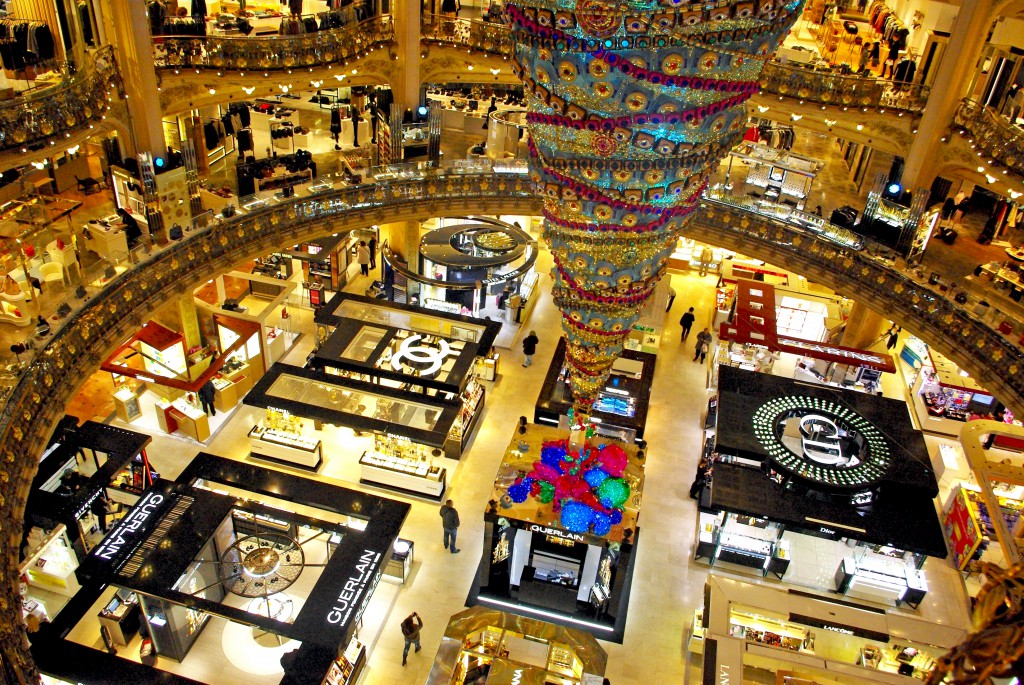Since its foundation in 1958, the French Fifth Republic has played a crucial role in how France is governed. It's like the foundation of their political system. But it's not just about politics; it's also about representing what makes France unique. They have some really cool symbols and emblems that show what the country stands for.
For example, you've probably seen the French flag with three colours: blue, white, and red. It's called the Tricolour, a symbol of unity and pride for the French people.
And France has a powerful anthem called "La Marseillaise" that brings everyone together during critical events.
Another important symbol is Marianne, who represents the spirit of France. You might have seen her on statues or paintings. She stands for liberty, equality, and fraternity, essential values for the French.
Oh, and let's remember the Gallic Rooster! It's like the national mascot, a symbol of courage and bravery.
In this article, we'll explore the history of the Fifth Republic, how it works, and the crucial moments that have shaped France's political landscape. We'll also learn why it's not just a bunch of rules but something that reflects the heart and soul of the French people.
So, let's journey into the world of the French Fifth Republic and discover why it's vital for the French government and a meaningful part of the French identity as a nation.
🎦 Watch our short video on Bastille Day, the events of the 14th July 1789 that led to the creation of the French Republic ⤵
The French Fifth Republic
The French Fifth Republic is a political and constitutional system in France. It was established in 1958 in response to a significant political and institutional crisis.
Over its decades, the Fifth Republic has witnessed historic moments, major reforms and the political evolution of France. Thanks to its semi-presidential system, which combines the strength of the President of the Republic with the representativeness of parliament, it has been able to guarantee the institutional stability that is essential for the proper functioning of the State.
Here is a simple explanation of its origins and how it works:
Origins of the French Fifth Republic
The Fifth Republic was created in 1958 by General Charles de Gaulle, a hero of the Second World War. At the time, France was facing repeated political conflict and governmental instability. The Fifth Republic was designed to bring greater stability and strong executive power and avoid the political gridlock that had previously paralysed the country.

Charles de Gaulle © La Documentation française. Photo Jean-Marie Marcele
Description of the French Fifth Republic
The Fifth Republic is a semi-presidential political system which combines a powerful president with a parliament with legislative powers. The main elements of the Fifth Republic are as follows:
The President of the French Republic
Le Président de la République française
The President is the Head of State and France's representative on the international stage. He is elected by direct universal suffrage for a five-year term. The President has extensive powers, such as appointing the Prime Minister, chairing the Council of Ministers, dissolving the National Assembly (the lower house of parliament) and other prerogatives relating to security and diplomacy.

The Prime Minister
Le Premier ministre
The President appoints the Prime Minister to lead the government and implement national policies. He or she is usually the leader of the majority political party in the National Assembly.
The Prime Minister resides in the Hôtel Matignon in the 7th arrondissement of Paris.

The Government
Le Gouvernement
The government includes the Prime Minister, ministers and secretaries of state. It is responsible for implementing the laws and policies the President and Parliament decide.

The Parliament
Le Parlement
The French parliament is bicameral, consisting of two chambers: the National Assembly (Assemblée Nationale) and the Senate (Sénat).
The National Assembly is elected by direct universal suffrage and plays a key role in legislation and oversight of the government.
The Senate represents local authorities and forms the upper house of the French Parliament.

The Constitution
Le Constitution
The Fifth Republic is governed by a constitution that defines each institution's powers and responsibilities and citizens' rights.
![How France got its name Featured Image [Public Domain via Wikimedia Commons] How France got its name Featured Image [Public Domain via Wikimedia Commons]](https://frenchmoments.eu/wp-content/uploads/2021/02/How-France-got-its-name-Featured-Image-Public-Domain-via-Wikimedia-Commons-scaled.jpg)
How the French Fifth Republic works
- In the Fifth Republic, the President and government exercise executive power, while parliament has legislative power.
- The President is elected directly by the people and has considerable political leeway.
- The prime minister and government are accountable to the National Assembly, which means that if they lose the support of the parliamentary majority, they may be forced to resign.
In short, the French Fifth Republic is a political system in which the President plays a key role, with strong executive power, while parliament legislates and controls the government. This system was designed to ensure stable and effective governance in France.

The National Library of France (François Mitterrand) in the 13th arrt © French Moments
Emblems of the French Fifth Republic
The national emblems of the French Republic are:
The French Flag
The French flag is known as the Tricolour and is blue-white-red.

The French flag © French Moments
National Anthem
France's national anthem is La Marseillaise.

Marianne
Marianne is an allegorical figure of the French Republic.

Marianne and the French Republic by Eugène Delacroix
The National Motto
France's national motto is "Liberté, Égalité, Fraternité".

French Motto on a Paris School © French Moments
The Great Seal of France
The Great Seal of France depicts Liberty in the guise of a seated Juno, wearing a crown of seven-pointed laurels.

The great seal of France
Symbols of the French Fifth Republic
Several symbols also represent France:
The National Day
France's National Day occurs on the 14th of July and is known as "Bastille Day" in English-speaking countries.

The Gallic Rooster
The choice of the rooster as the emblem refers to Gaul, using the Latin play on the words "gallus" (cockerel) and "Gallus" (Gaul).

The rooster of the Elysée Palace Gate © French Moments
The capital letters RF
The capital letters "RF", meaning the French Republic, form a monogram that has long been used as a logo and still appears on many public buildings.

RF for République Française (Town-Hall of Maisons-Laffitte) © French Moments
The French coat of arms and the Fasces
This unofficial emblem is comprised of a pelta, a lictor bundle and oak and olive branches. It is used by the President of the Republic, the Ministry of Foreign Affairs. It appears on the cover of passports, French identity cards and family record books, and the watermark on credit card-sized identity cards.

Coat of Arms of the French Republic
The French President
The President of the French Fifth Republic resides in the Elysée Palace, in the centre of Paris.
The honorary titles of the Republic
The honorary titles of the French Fifth Republic include the National Order of the Legion of Honour and the National Order of Merit.

Grand collier de la Légion d'honneur
Popular Symbols of French Culture
Many other symbols represent the nation of France and contribute to its identity. They are cultural, historical and artistic elements such as:
- the black Basque béret
- Pétanque game
- the Haute-Couture
- the gastronomy of France
- the French baguette
- the French croissant
- French cheese
- Wines
- the eating of frogs’ legs and snails
- the Eiffel Tower
- Human Rights
- the French Revolution
- Perfumes
- Napoleon Bonaparte
- Joan of Arc

About to eat a French croissant near Lure (Haute-Saône) © French Moments

Eiffel Tower in winter © French Moments

Statue of Napoleon at Les Invalides, Paris © French Moments

The Great Hall and the perfume section of Galeries Lafayette © French Moments







Vive la france
Super article